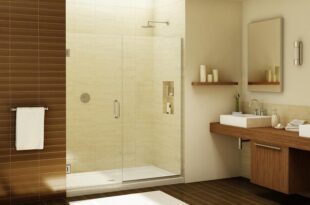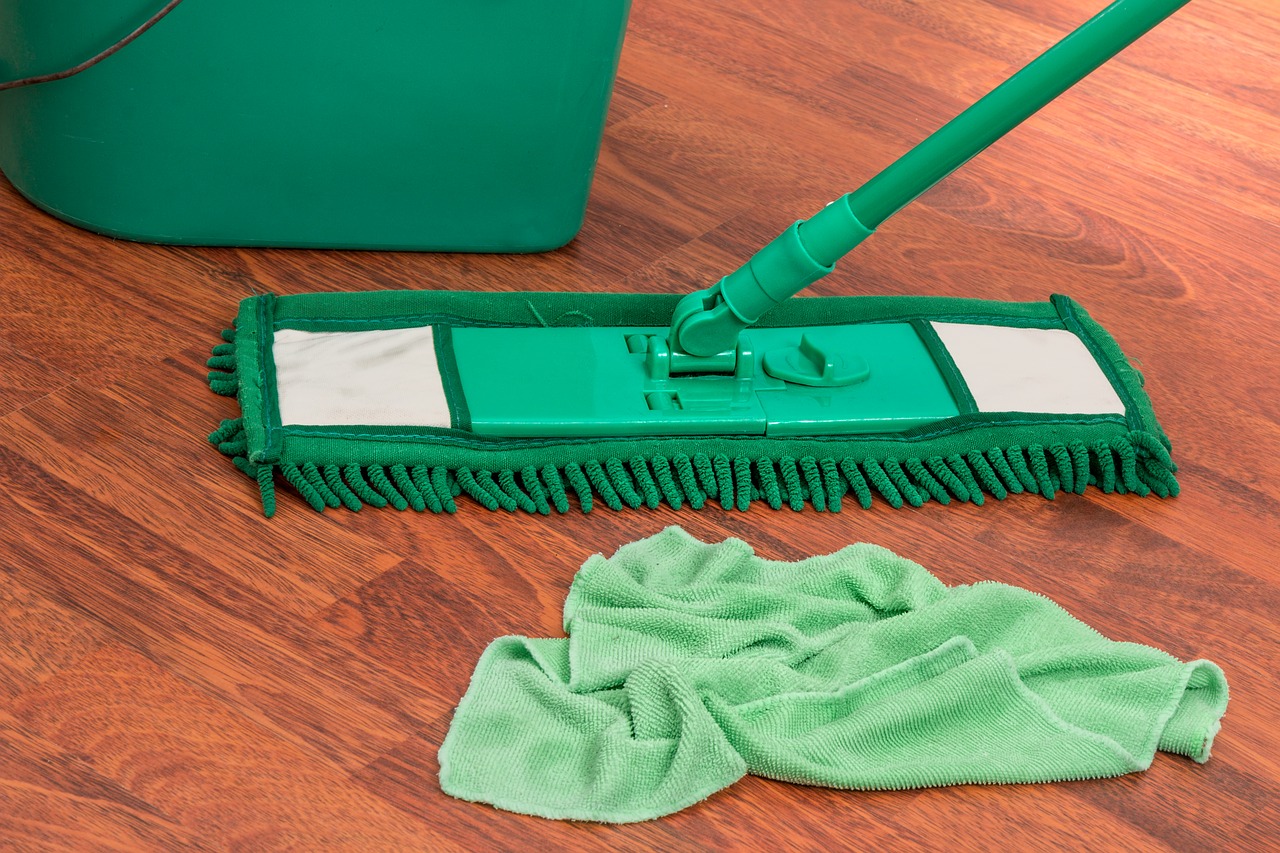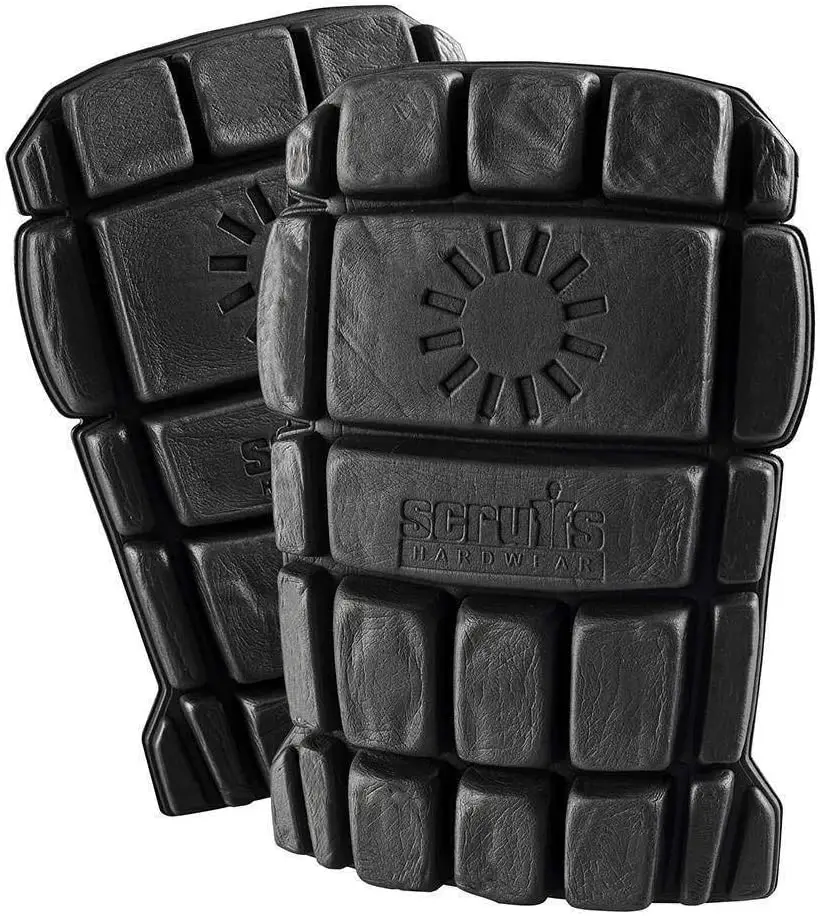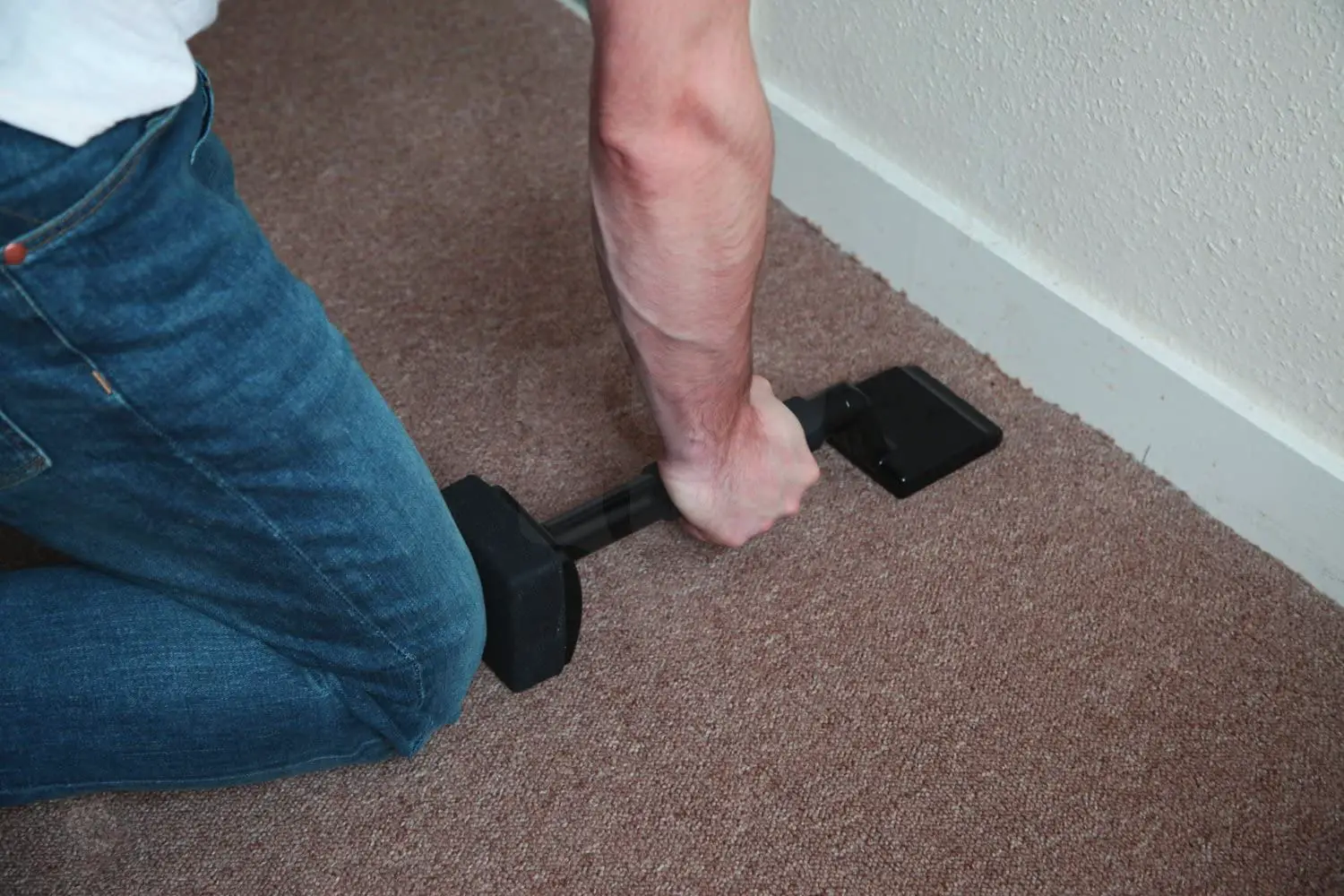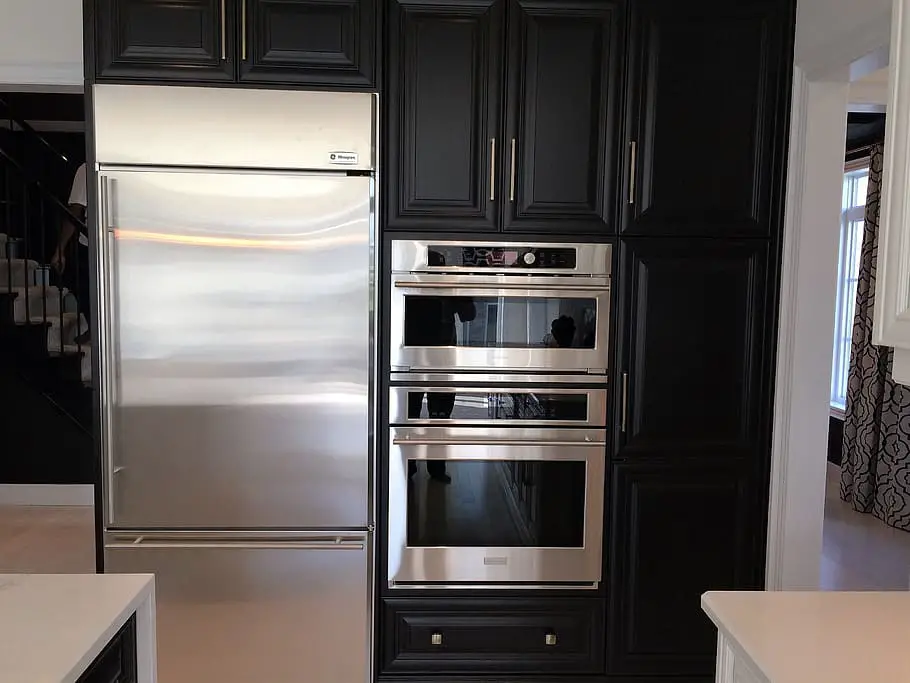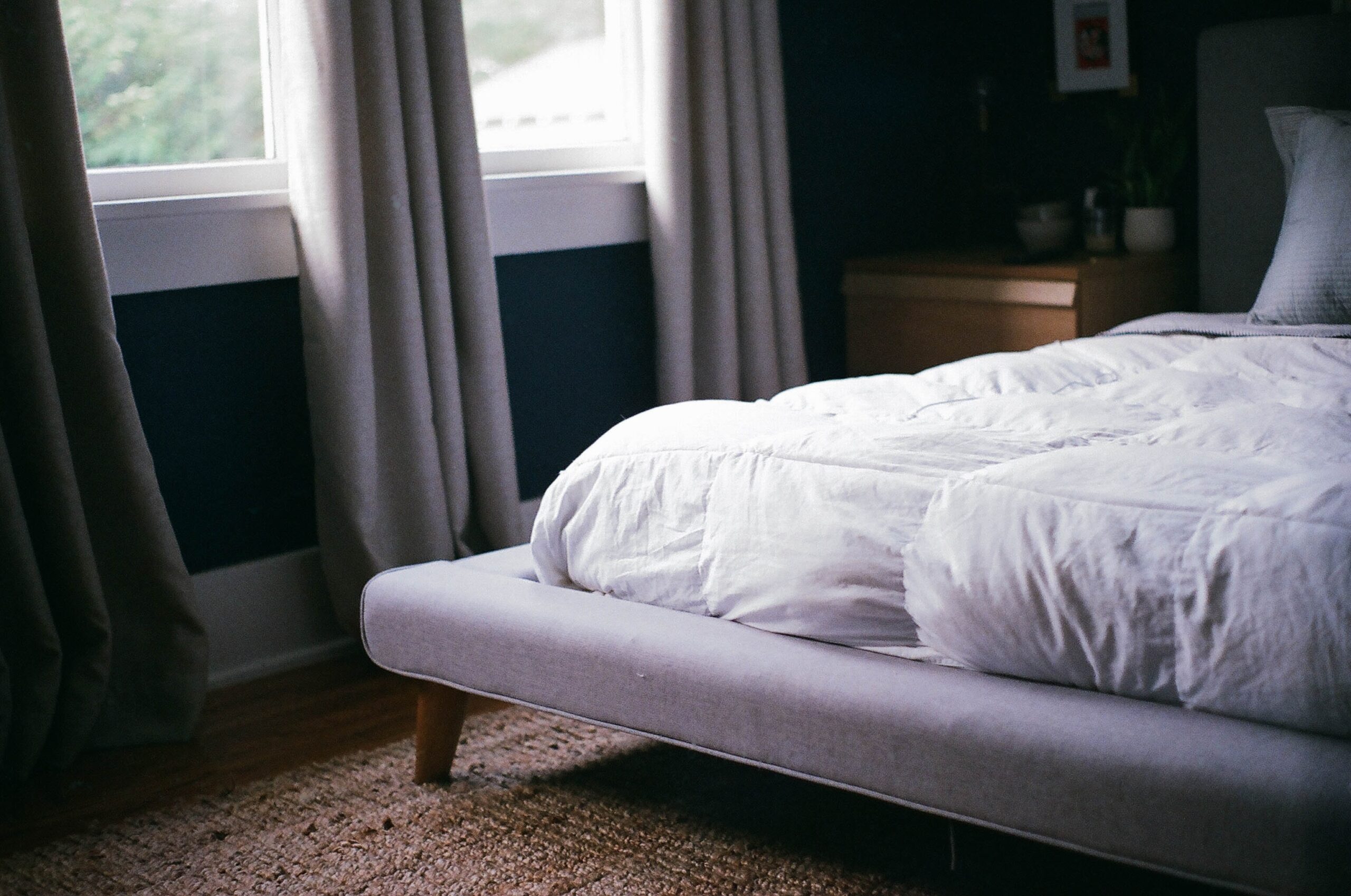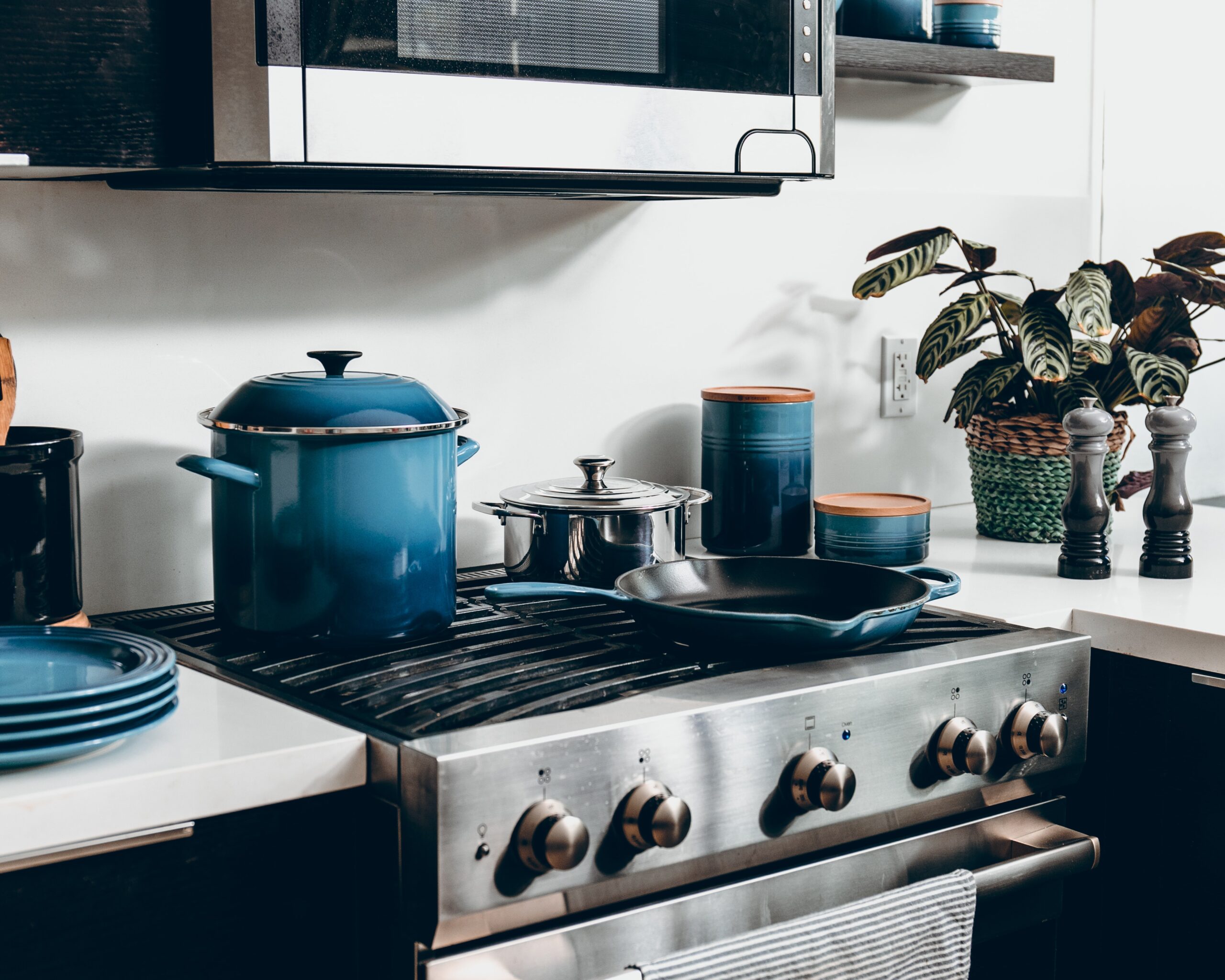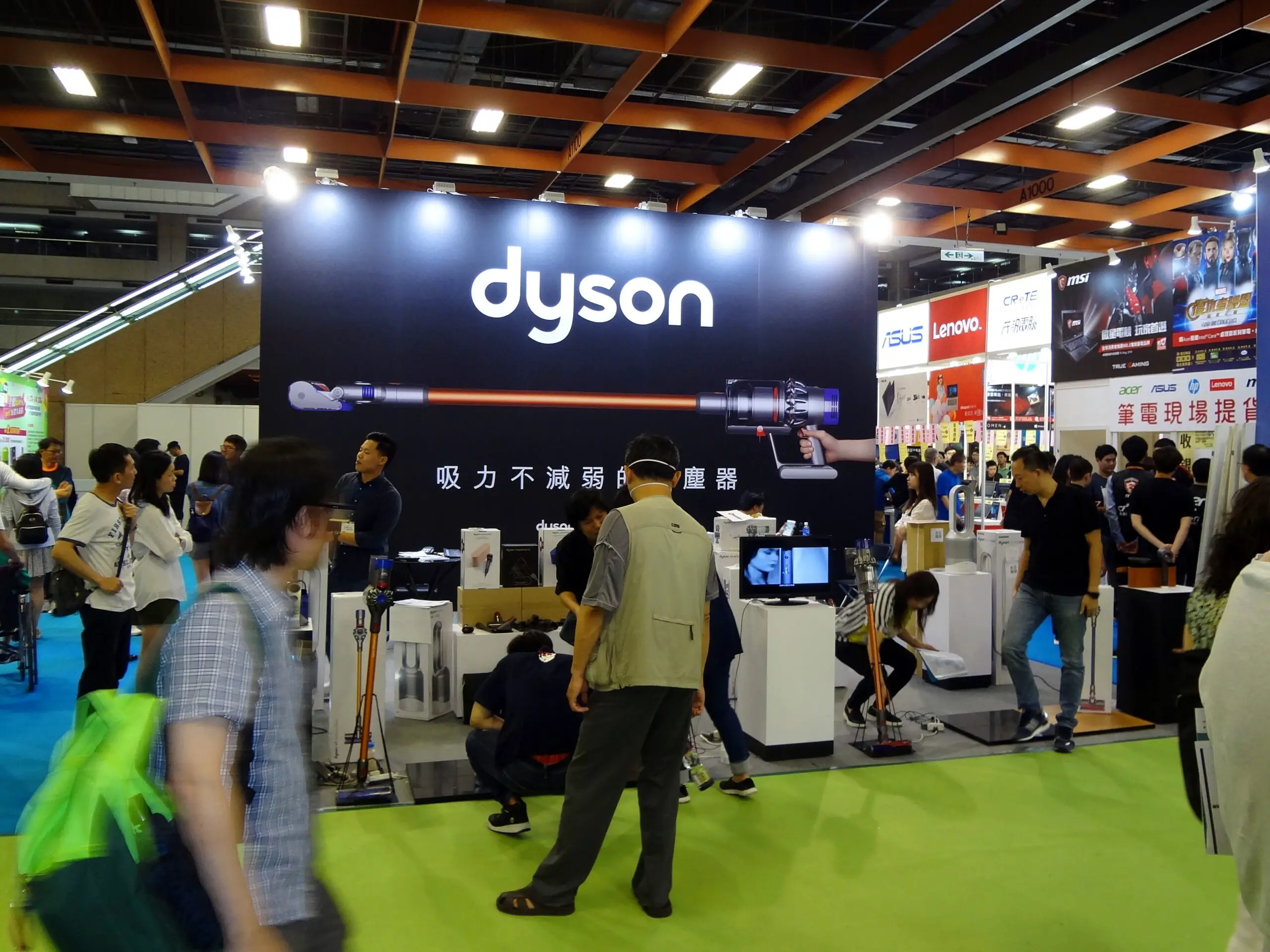If you are planning to install shower panels, you will need to find the best adhesive. There are many different adhesives on the market, and it can be difficult to know which one to choose. In this article, we will provide some tips on selecting the best adhesive for your …
Read More »Best Spray Mops UK
No one enjoys mopping, so a slew of technological advancements is available to make things a little easier. Your floor will be covered with everything from spinning heads to tough, absorbent textiles. Spray mops work by distributing water or cleanser from an onboard reservoir through a trigger handle over lightly …
Read More »Best Work Trouser Knee Pads
Best work trouser knee pads are the ones that are easy to wear and slip into. Some knee pads are also deemed as best work trouser knee pads by their users because they fit well and, more importantly, do the job of protecting the knees from injuries and pain. Best …
Read More »Best Carpet Stretchers – Knee Kickers & Power Stretchers
Are you looking for the best carpet stretchers? You’ve come to the right place. In this article, we will be discussing the top four carpet stretchers on the market. We will also be giving you a buyer’s guide so that you can find the perfect carpet stretcher for your needs. …
Read More »Best Built-In Double Ovens
We have all seen that modern kitchen that has a built-in double oven. This appliance is designed at eye level to provide you with two cavities for double baking and cooking volume. Also, cleaning this type of appliance is quite straightforward, as you won’t struggle too much doing so. If …
Read More »Emma Hybrid Mattress Review
Emma is among the most popular bed-in-a-box names. Currently, you can find Emma products in more than 26 countries. The company is well-known for making the following mattresses: The Emma Original (foam) Emma Original Hybrid ( high-end mattress) Emma Hybrid (foam and spring) Although Emma Original is the best seller …
Read More »Best 50cm Gas Cooker
If you are looking forward to having a gas cooker or buying a new one, you will notice that there are many models on the market to choose from. However, you should do some research first to get the right gas cooker for your kitchen. You need a freestanding gas …
Read More »Where Is The Best Place To Buy a Kitchen?
The kitchen forms the heart and hub of many homes. Without a kitchen, we feel like our house is somehow incomplete. Nowadays, we do not use the kitchen only for cooking but also for warming, socialising, and meetings. So, it is good to invest sufficiently in a good kitchen that …
Read More »Dyson v7 Motorhead Review
About 15 years ago, Dyson created an upright vacuum that could clean better than most of its competitors. The vacuum hardly clogged and came with an excellent modern design, and was more colourful than other typical vacuum devices. It was a game-changer, as many people bought this product to show …
Read More »Vax Blade 24V Review
Vax is a renowned brand for the production of household items. It has been in existence for decades and still produces high-quality products for household uses. Currently, Vax has kept up-to-date to stay relevant in the market with their cordless range of items. Much like most floor cleaning products such …
Read More » Guides4Homeowners Useful Information & Guides
Guides4Homeowners Useful Information & Guides
